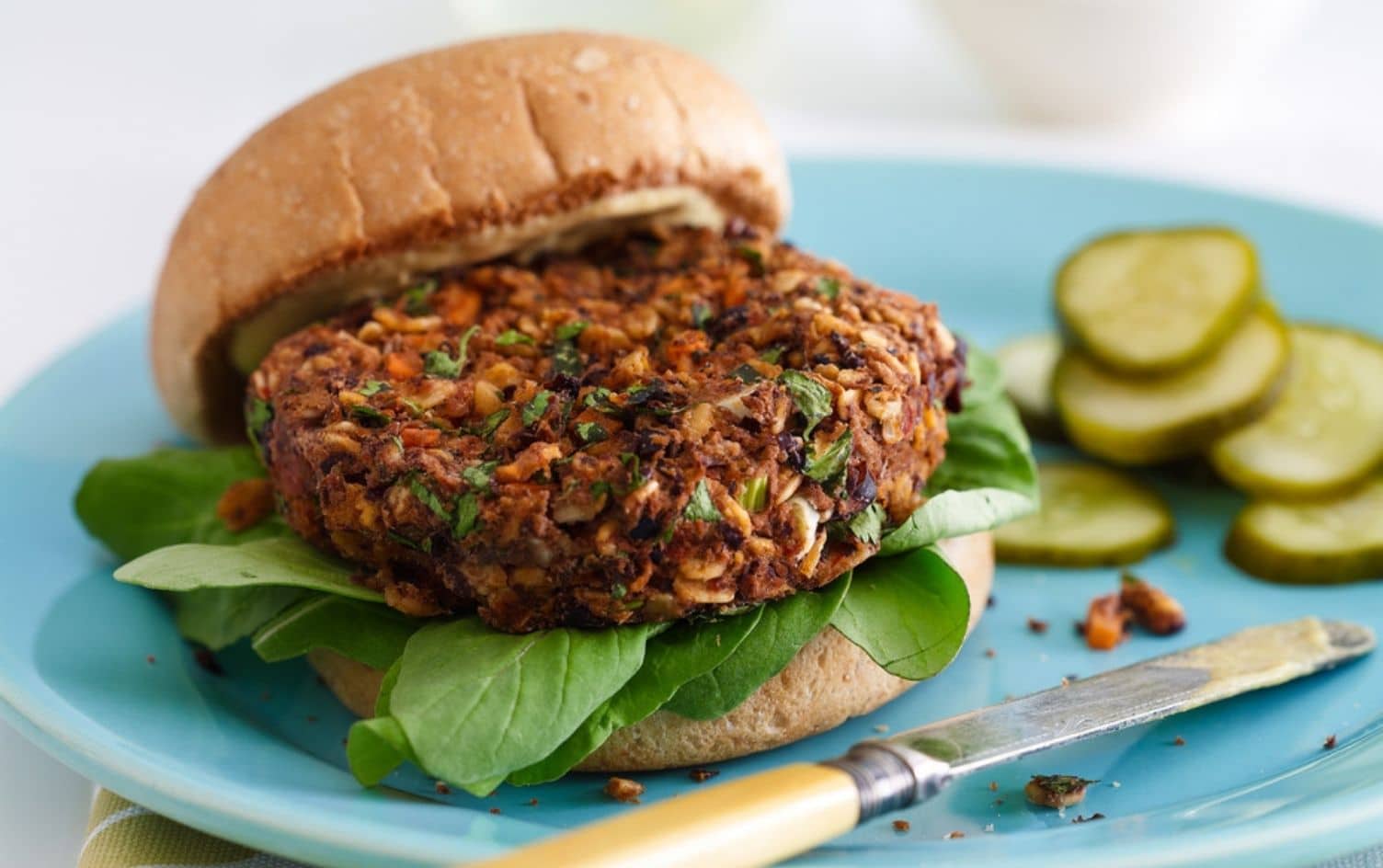While few of us are full-blown vegans or vegetarians, more than 1 in 3 people identify as “flexitarian,” according to a recent report from market research firm Packaged Facts.
“As the name implies, the flexitarian diet is essentially a flexible vegetarian diet,” says Charlotte Martin, RD, a plant-centric registered dietitian and author of “The Plant-Forward Solution.”
Flexitarianism is on the rise, but could it help you get healthier or lose weight? We asked plant-forward registered dietitians to break down everything you need to know about this eating plan before you give it a try. Here are nine things to know:
IT’S NOT STRICT
“Flexitarianism is a great option for people who are tired of all of the rules of dieting, and just want to adopt an eating pattern that promotes their health while giving them freedom with their food choices,” says Catherine Johnston, RD, a plant-based registered dietitian who practices flexitarianism.
The goal of a flexitarian lifestyle is not to cut out meat and animal products entirely but to gradually reduce them by eating more fruits, vegetables and plant-based proteins like beans, legumes, tofu, quinoa and nuts.
You also want to limit your intake of fish and anything with added sugar or refined carbs (Think: Packaged snacks and junk food), per the Cleveland Clinic.
MORE RESEARCH IS NEEDED
What counts as “flexitarian” can vary quite a bit from person to person, and the majority of studies on the potential health benefits of a plant-based diet have been on people who are strictly vegan or vegetarian. But since it’s meant to be primarily plant-based, experts believe it may yield similar results, says Martin.
IT COULD HELP YOU LOSE WEIGHT
Research shows people who follow a vegetarian or vegan diet tend to weigh less and have a lower body mass index (BMI) than those who don’t. And the more plant-based your diet is, the more likely you are to slim down, according to a 2017 review of weight-loss trials. You can thank the low-calorie, high-fiber nature of most plant-based foods for that, says Martin, which feed good gut bacteria to support a healthy metabolism and fill you up without filling you out.
IT MAY LOWER YOUR RISK OF DIABETES
A few studies also show people who follow vegetarian and semi-vegetarian diets are less likely to develop diabetes compared to non-vegetarians. “It makes intuitive sense since plant-based foods are higher in fiber, which is known to help improve blood sugar levels,” says Martin. “Plus, being at a healthy weight can lower your risk of Type 2 diabetes.”
IT COULD HELP PROTECT YOUR HEART
A plant-based diet is associated with lower blood pressure and cholesterol levels plus a 40% lower risk of heart disease, says Martin. This is likely thanks to health-protective antioxidants, fiber and a shift away from unhealthy saturated fats found in red meats to healthier unsaturated fats like those found in olive oil, avocados and nuts.
EATING LESS MEAT MIGHT BE A CHALLENGE
“Although the flexitarian diet is much easier to follow than more restrictive plant-based diets like full vegetarian and vegan diets, reducing meat intake in any capacity may be difficult for some, especially those following a high-protein diet like athletes and bodybuilders,” says Martin. However, you can hit your muscle-building goals with high-protein vegetarian meals and a food logging app like MyFitnessPal.
YOU MAY NEED TO PLAN AHEAD
Drastically cutting back on meat could lead to nutritional deficiencies since animal products are some of the best sources for a handful of nutrients like vitamin B12, iron, calcium, zinc and omega-3 fatty acids, says Martin. But that’s where the flexible side of flexitarianism comes in handy. Along with eating meat, seafood and poultry from time to time, you can meet your needs by tracking your micronutrient intake and upping plant-based sources of key nutrients like leafy greens for calcium plus nuts and legumes for zinc. If necessary, you could also add supplements to your diet with the guidance of a healthcare provider.
IT’S BUDGET-FRIENDLY
“Beans, legumes, whole grains and vegetables are much more affordable than meat, which can be beneficial for your grocery budget,” says Johnston. Case in point: A vegetarian diet could save you $750 a year, according to a 2015 study published in the Journal of Hunger & Environmental Nutrition. Swapping beef for black beans or chickpea stew for chicken curry every once in a while could create room in your budget for other things like new kitchen tools or a dinner out.
IT’S NOT A MAGIC BULLET
Plenty of not-so-healthy foods are technically vegetarian including high-calorie cookies and cakes as well as high-salt frozen dinners and fake meats. “As you eat less meat and animal products, try to replace these foods with minimally processed and whole foods as much as possible,” says Johnston. While the flexitarian diet is meant to be flexible, the healthier options you choose, the greater the payoff.
THE BOTTOM LINE
“Flexitarian or plant-forward eating is a best-of-both-worlds eating approach: You get the health benefits of increased plant intake plus you can still enjoy a burger here and there without the guilt,” says Martin. To make the flexitarian lifestyle work for you, start slow and look for places in your usual diet where you could easily make changes like oatmeal for breakfast, a roasted veggie sandwich for lunch, or a bean-based chili for dinner. Aim to test out 1–2 new plant-forward recipes a week (Think: Meatless Monday) and work your way up from there.
Ready to take the next step? Unlock MyFitnessPal Premium to access custom goal settings, quick-log recipes, and guided plans from a registered dietitian. Premium users are 65% more likely to reach their weight loss goals!




